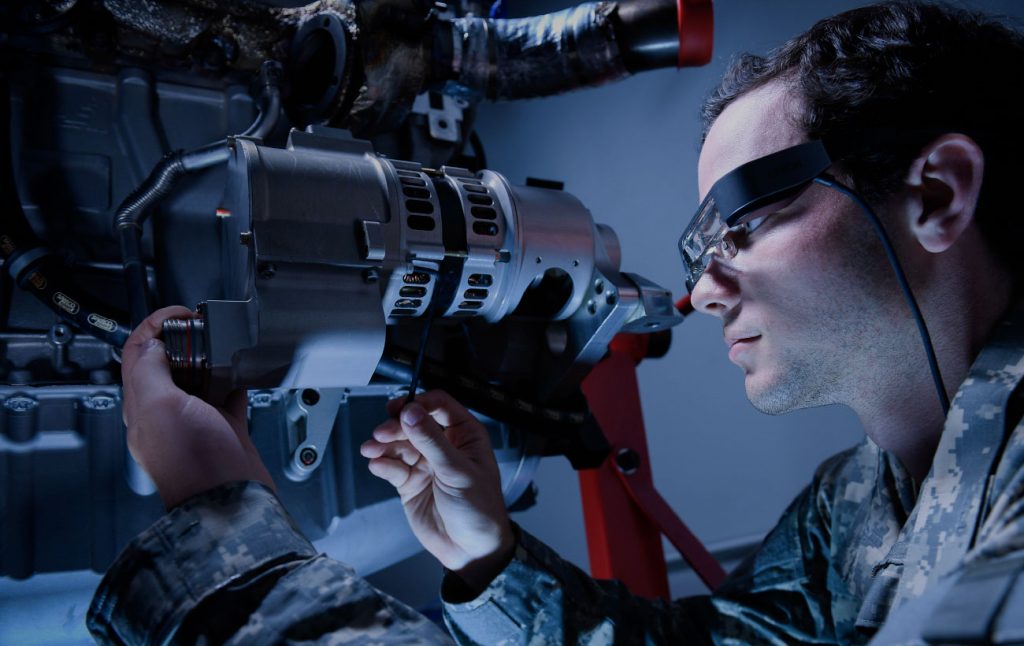My Perspective on ISD For a Training Company
I work in the corporate, defense contracted, training industry. I work for a company that has a long history of learning technology. My company, Link Training & Simulation, began in the 1920s when Ed Link invented the original flight training device. Since that time simulation training and other training approaches have evolved and today my company provides cutting edge training devices as well as training services for a number of US military aviation programs. Interestingly, my company of nearly 2,000 personnel, with an annual sales revenue of nearly $2 Billion, employs only five instructional designers. Of those five, none work on internal, corporate training design or development. All five work on programs that require an instructional designer as one of the “key personnel” required by contract.

For my part, I have recently begun working as a project manager. I requested that role because instructional designers don’t have a career track in my company. My company is so focused on engineering that we really don’t have any opportunities for advancement within my chosen discipline. So, I have learned how to work with software and systems engineers and have been able to work as a project manager in order to plan for a future where I can run training related programs. It isn’t perfect, but I believe in my company and I think I can make a difference in the long run.
One thing that is good about how my company approaches training is that we continually plan for technology and innovation in our 5 and 10-year roadmaps. We have a very progressive vison for training development and are looking for ways to leverage advanced training technologies to provide better training results and lower cost for our customers. We don’t always design training solutions that replicate what’s always been done. Because of our progressive approach, we have been able to introduce some unique and effective training technologies to the defense training community.

Despite the progressive approach to training, we are still an engineering dominant company. Most of our training technologies have been developed by engineers leveraging hardware and software without incorporating instructional design. The result is that many of our progressive approaches don’t depend on training analysis to shape the development of a solution, and our customers aren’t always able to connect the features we provide with benefits that will support their training programs. In addition, we don’t provide effective training program evaluation to give us enough data to provide formative feedback that could generate the course corrections during development needed to ensure our solutions are matched to customer needs. To put it simply, our scratches aren’t always hitting where the customer itches!
Our small group of instructional designers are beginning to gain traction in our research and development efforts. That traction means we’re able to provide expertise in training analysis, user experience, and training evaluation during the design and development phases of some of our most critical 5 and 10-year programs. It is a small start, but we are gaining influence. We regularly take part in Integrated Production Teams and we provide regular technology briefings to executives based on our work. For example, I was asked to lead an assessment of a neuro-feedback system which used a beta-wave EEG device paired with a software dashboard that provides real-time neuro-feedback data that could conceivably be used to measure student attention as well as learning achievement. This was an important effort that was needed to provide steering data for executives who were considering investing in the technology. Another current effort involves instructional designers working with system architects and software engineers to develop a command and control system training environment that uses software bots to recognize training needs and auto-generate scripts calling for alteration in simulation scenarios.
Generally, our involvement in programs, whether contracted or R&D, depends on budget constraints. Programs under contract generally plan for program and project management, software, hardware, and systems engineers, quality and testing personnel, and subject matter expert support. Usually contracts don’t include budgets for instructional design unless the request for proposal specifically requires that labor category. The harsh realities of economic benefit usually drive our participation. Some programs see the benefit, though, and find ways to carve out some budget for design and development, but not often. Progress takes time. In the case of Link Training and Simulation, there is a lot of organizational inertia to overcome, but it is happening.